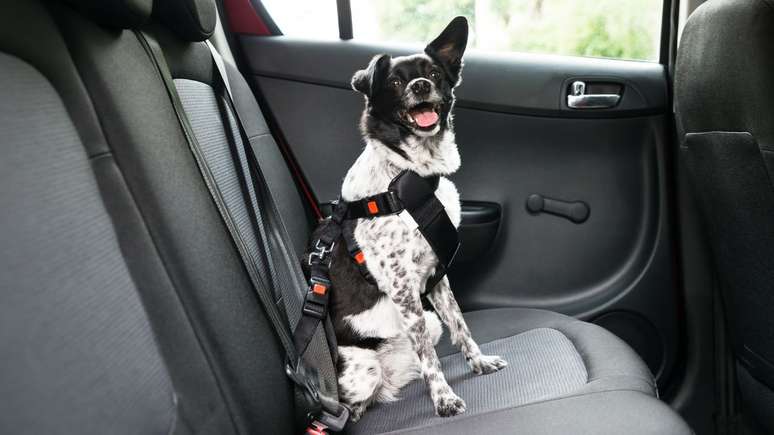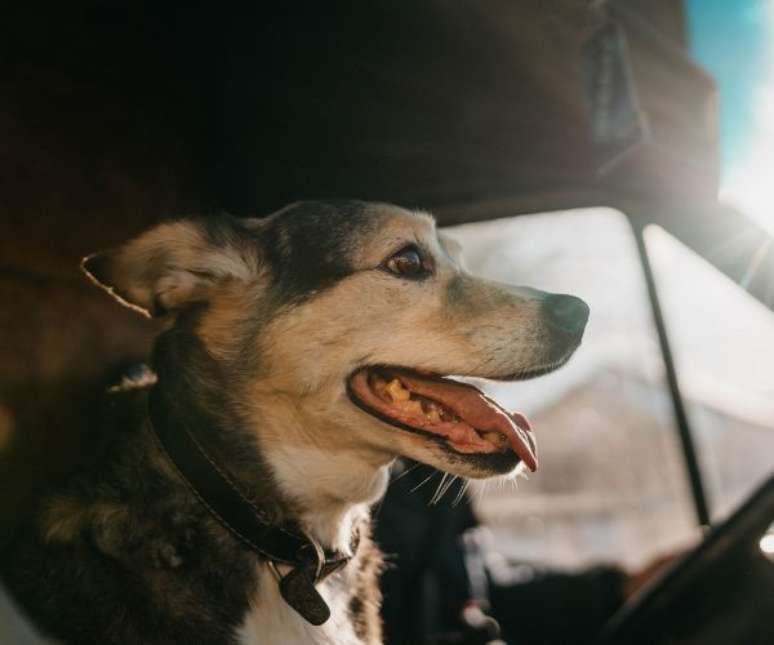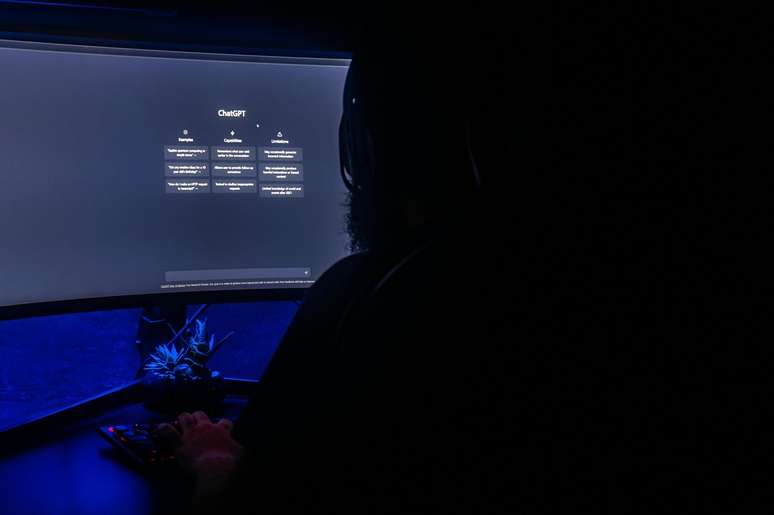Comfortable pet during the journey + car without vomiting = much calmer journey; see tips for getting this done
The year 2023 will be filled with long festivities, such as Carnival, which is a complete dish for family trips and pets. But what might be great for some dogs who are quite keen on “going for a ride” in the car may not be such a great experience for other dogs. This is because getting into a car is already the reason for many episodes of nausea and vomiting during the journey.
Of course, they don’t mean it! Just like humans, who often get sick when reading in a moving vehicle, pets are sensitive to movement inside the car, which can trigger the malaise and vomiting.
“This condition is motion sickness, which is a slight confusion of the vestibular system, present in the inner ear, responsible for balance. When the brain senses that the environment is in motion, but the individual is still, the vestibular system is confused, causing dizziness and causing nausea and vomiting,” says veterinarian Taís Motta Fernandes.
According to Taís, product manager of Avert Saúde Animal, Puppies are the ones that suffer the most from motion sickness.. Adult pets rarely vomit in the car, but other signs also indicate they are feeling the effects of motion sickness, such as excessive salivation, wheezing, whimpering, and listlessness.
Want to know how to avoid these problems? Check out the following tips to improve your pet’s well-being on car journeys:
Beware of excessive movement and temperatures
When traveling with a pet it is important to pay attention to two factors: excessive movement of the vehicle (many bends in the road, constant lane changes, sudden increases and frequent decreases in speed) and the temperature inside the car. It’s almost always these two factors that have the greatest weight in the animal’s discomfort, you see?
“It is not possible to eliminate road curves or even completely control the flow of traffic, especially when traveling on long holidays, but when we choose to travel with a pet, we must forget all the rush and not make appointments. If the goal it’s arriving early, you need to leave early, avoid overtaking and exaggerating speed on the track”, warns Taís.
When the temperature inside the vehicle is high, the animal has more difficulty expelling body heat, even with the windows open. “So traveling in very hot weather it is best to take the road early in the day or after dark. If it is not possible to leave during these times and the vehicle does not have air conditioning for temperature control, it is important to give priority to air circulation for the animal “, he recommends.
html[data-range=”xlarge”] .img-0be8f1dbe44e6a10ccc2ab22ab33d60etx00sun1 {width: 774px; height: 645px; }HTML[data-range=”large”] .img-0be8f1dbe44e6a10ccc2ab22ab33d60etx00sun1 {width: 548px; height: 457px; }HTML[data-range=”small”] .img-0be8f1dbe44e6a10ccc2ab22ab33d60etx00sun1, html[data-range=”medium”] .img-0be8f1dbe44e6a10ccc2ab22ab33d60etx00sun1 {width: 564px; height: 470px; }
make stops
When the journeys are long (more than 2 hours), it is important to plan some stops along the way. Thus, the animal can get out of the vehicle and stretch its legs, do its business and move around. This movement to a new place can help stop the nausea for a while. Giving your pet some water is also important keep yourself hydrated.
no loud music
While travelling, it is also important to remember that the the pet has more sensitive ears than humans. Therefore, loud music in the car with your pet may not be very pleasant for your furry friend and cause stress or anxiety, which can even lead to vomiting. Keeping the music at a volume where you can hear what someone else is saying without having to yell is best suited for traveling with a pet.
Car accessories and power supply
Accessories, such as kennels and pet-specific seat belts, can also help. “Another point is to avoid feeding the pet at least 2 hours before the trip, because the rocking of the car together with a full stomach is the perfect combination to make the pet vomit,” completes Taís.
medicine can help
When vomiting occurs in puppies and older animals, it is a little more serious because these animals are more susceptible dehydration. Therefore, some remedies can be recommended for animals that find themselves in these situations or have very frequent malaise.
It is worth remembering that any medicine to be given to the animal must be previously indicated and prescribed by the veterinarian. Furthermore, its use must comply with that recommended by the professional for that specific animal. Medicating the animal without adequate indications can cause serious health problems. So, if you think your pet may need some medicine, always consult your vet first.

Source: Terra
Ben Stock is a lifestyle journalist and author at Gossipify. He writes about topics such as health, wellness, travel, food and home decor. He provides practical advice and inspiration to improve well-being, keeps readers up to date with latest lifestyle news and trends, known for his engaging writing style, in-depth analysis and unique perspectives.







-rkzmjat24gmq.png)
